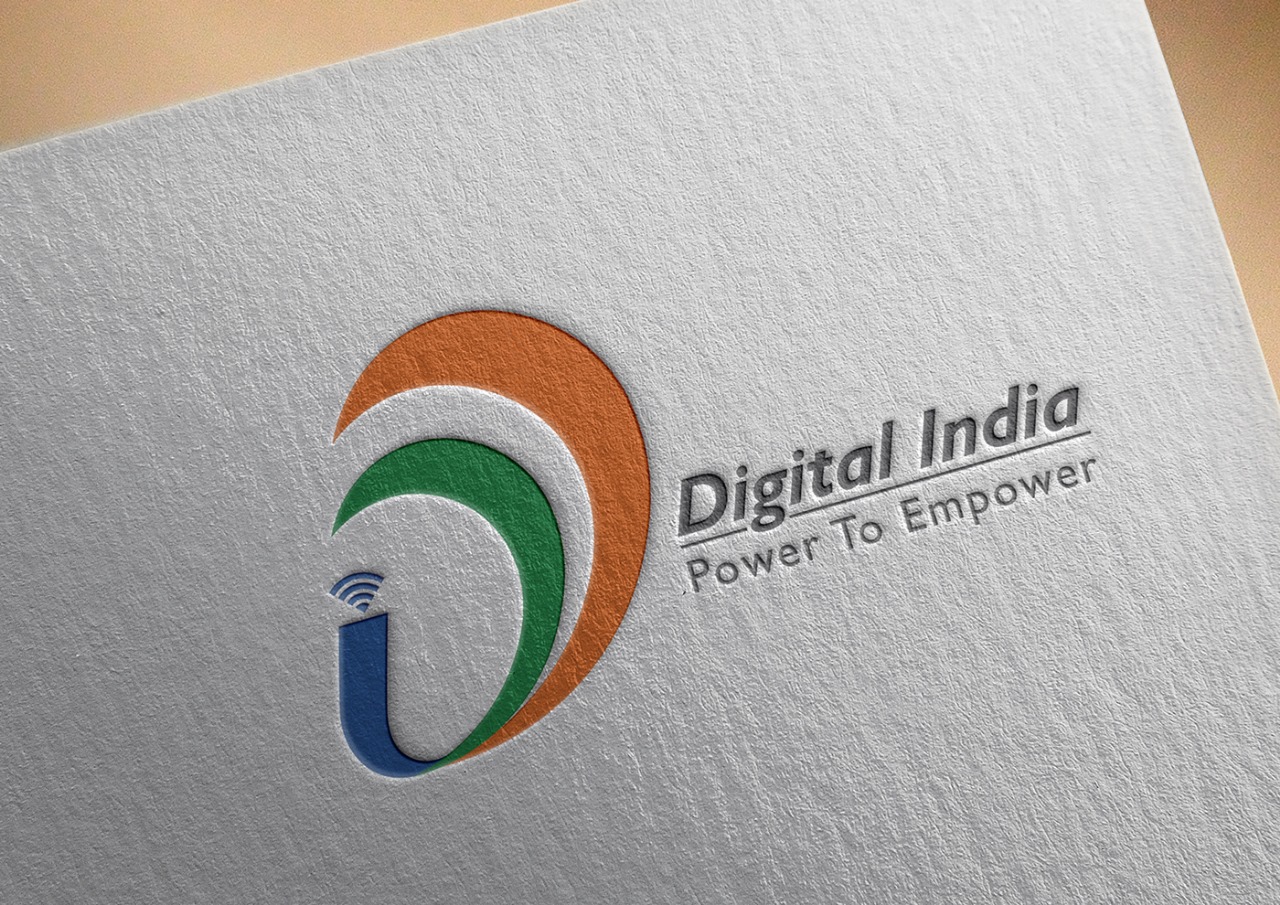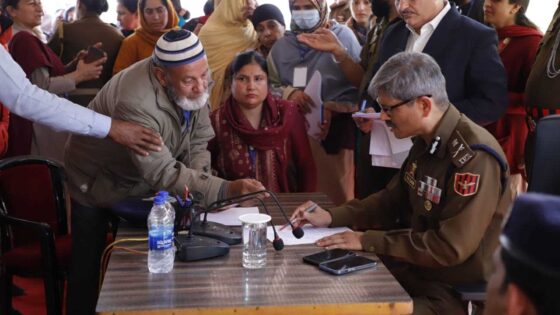Technology is the art of revealing the latent potentialities and unimaginable possibilities that were incomprehensible at some point in human history. It has always existed in some form and has since been an ever-changing phenomenon. This act of revelation is a process of transforming ideas into a comprehensible form. One of the attributes of technology is its power to transcend the physical, social, economic, or other forms of barriers. Going beyond those barriers with the aid of technology has fostered freedom and a spirit of inquiry in humans. A variety of technological tools and techniques have shaped, facilitated, and governed human societies or political communities. One such revelation is the interception of digital technology, changing the social networking pattern of societies, physical interaction among people and governance agencies, and global interdependence among economies and cultures. This digital transformation is in itself a paradigm shift in the way individuals, societies, states, and global actors interact and engage.
With digital interception, e-governance has heralded a transition in societies, changing the culture and attitude of governance, functioning, and democratizing information networking. Digital transformation has revolutionized the way governments perform different functions.
Globalization, digitalization, and ICT (information, communication, and technology) are the buzzwords of the 21st century. In the era of fast-paced digital age, governments cannot afford to stay in isolationism. Both global and domestic factors constrain the choice of governments to undertake digital transformation to enhance public service delivery, improve transparency, and streamline the over-bureaucratized administrative processes. E-governance harnesses the newly emerging technologies and develops the potential to governance better. To make that happen, the policy must be designed in a manner that includes e-governance strategies. These strategies ought to support the needs of the people they serve and be in line with national objectives. Digital transformation describes how digital technology is integrated into different areas of a business, changing its operations and the value it provides to its stakeholders. For governments, this implies implementing state-of-the-art technologies to satisfy citizens changing needs.
The key components of e-governance are online services, open data, digital identity, blockchain, and data analytics while the key drivers of digital transformation in governance are expectations of citizens, cost efficiency, transparency, accountability, data, and analytics. Even the 2nd Administrative Reforms Commission (ARC) sought to reform and restructure the existing public governance institutions. Formed in 2005, the second ARC developed a comprehensive blueprint to overhaul the public administrative system. It presented 15 reports to the government of India, addressing some of the important areas such as RTI, governance ethics, local governance, terrorism, public administration, e-governance, financial management, and more. This was a major landmark report, however, e-governance as a new form of governance had been long underway.
Deepening and Strengthening e-governance
E-governance in India has come a long way since its inception. The establishment of the National Informatics Centre (NIC) played a pivotal role in providing the necessary technical infrastructure. The early focus was on the computerization of government data, but the real turning point came with the National e-Governance Plan (NeGP) in 2006. The NeGP was a comprehensive framework that aimed to provide e-governance services to citizens, businesses, and government employees. It categorized projects into Mission Mode Projects (MMPs) covering various sectors, including land records, public distribution systems, and income tax. This plan set the stage for the rapid expansion of e-governance initiatives across the country.
The ‘Digital India’ program, launched in 2015, aims to transform India into a digitally empowered society and a knowledge-based economy by ensuring digital access, digital inclusion, digital empowerment, and bridging the digital divide. Its key objectives include strengthening digital infrastructure, delivering services digitally, and promoting digital financial inclusion. As a result of dedicated digital drives across the country, internet subscriptions have increased by 150% in both rural and urban areas. As per the data, 95.76 million internet subscribers were added in rural areas, while 92.81 million were added in urban areas between 2019-2021. Digilocker which was launched under this programme has witnessed over 16 crore registrations. Users can share and access any documents and certificates digitally since its launch.
Pradhan Mantri Grameen Digital Sakshata Abhiyan (PMGDSA) was launched in 2017 and intended and designed to promote digital literacy in rural India. Unambiguously, the PMGDSA has improvised accessibility, connectivity, affordability, and inclusivity at the pan-India level. PMGDSA has trained 5.96 crore candidates and certified 4.44 crore students in digital literacy which makes it world’s the largest digital literacy programme. So far 6.92 crore candidates have been registered under this programme. What cannot be ignored or underestimated is that it was the digital technology that accelerated and helped run the world’s largest and most efficient COVID-19 vaccination program initiatives in the country. To count here is the role of the National Digital Health Mission and National Digital Health Blueprint which have played an instrumental role in strengthening the healthcare delivery mechanism. Ayushman Bharat Digital Mission-like initiatives have further given propulsion to the digitization of Health systems in India. Now what we are witnessing is India leading the world in digital payments with 89.5 million transactions in 2022 with UPI. The data suggests that India accounted for 46% of global real-time payments in the year. While the Latin American country i.e. Brazil was second on the list followed by China, Thailand, and South Korea. This is the advantage of the e-governance. In addition to this accessibility, efficiency, transparency, accountability, and cost-savings are some of the major benefits of e-governance. No one can deny the fact that India is the world’s undisputed largest digitally connected democracy with 830 million Internet users. Digital transactions have grown manifold in recent years. India is leading in real-time digital payments. Initiatives such as the Digital India program, Pradhan Mantri Grameen Digital Saksharta Abhiyan (PMGDSA), and Unified Payments Interface (UPI), etc. have played an instrumental role in transforming India into a major player in the digital economy.
Programs such as aspirational district schemes and telecom development plans have enhanced accessibility, affordability, connectivity, and inclusivity throughout India. Underprivileged communities in rural areas have benefited from programs like the Common Service Centers (CSCs), which have offered services including banking, e-governance, education, and healthcare. CSCs are offering government and business services in digital mode in rural areas through Village Level Entrepreneurs (VLEs). Over 400 digital services are being offered by these CSCs. So far, 5.31 Lakh CSCs are functional (including urban & rural areas) across the country, out of which, 4.20 Lakh CSCs are functional at the Gram Panchayat level. A new initiative was launched by the government called Unified Mobile Application for New-age Governance (UMANG). It is meant to provide government services to citizens through mobile. More than 1,570 government services and over 22,000 bill payment services are made available at UMANG. A National Single Sign-on platform called Meri Pehchaan was launched to provide citizens ease of access to government portals. At the same time under Direct Benefit Transfers (DBT), Rs 24.3 lakh crore has been disbursed through the DBT platform. In the sector of education, we find the Diksha platform. It is a national-level educational platform. It helps both teachers and students to participate, contribute, and leverage a common platform to achieve learning goals at the national level. Today 7,633 courses are available and more than 15 crore enrolments have been done as of 27th July 2022.
As per the European Commission, the pace of digitalization in India was the fastest among most major economies between 2011 and 2019. According to them between 2011 and 2019, digitalization in India grew neck to neck with China at 11%. While comparing it with developed countries, India’s pace of digitalization has been very high in the recent past. It was more pronounced over the period from 2011 to 2019 (Table 1). The pace of digitalization as measured by CAGR in the Information and Communication Technology (ICT) sector during this period has been as high as 10.6% with only China exceeding India’s growth marginally.
 Challenges to E-Governance
Challenges to E-Governance
E-governance capabilities of a nation are measured the world over by the UN e-government survey rankings. In the year 2022, India ranked 105 out of 193 countries. Its E-Government Development Index (EGDI) composite score was 0.59 in the same year. India slipped down from 100th place in the year 2020. Despite the numerous benefits, digital transformation and e-governance come with challenges. India still faces a significant digital divide, with many citizens lacking access to the internet and digital devices. Bridging this gap is crucial for the success of e-governance initiatives. Furthermore, another challenge is the issue of data security. Ensuring the security and privacy of citizens’ data is a paramount concern. The government must invest in robust cybersecurity measures to protect sensitive information. Coupled with this challenge is the issue of creating and supporting technological infrastructure. Maintaining and upgrading the necessary technological infrastructure in a vast and diverse country like India is a continuous challenge. Albeit all this we cannot undermine the culture that organizations and individuals have been routinized and internalized. That is one of the primary reasons why there is consistent resistance to change. The transition to e-governance can face resistance from government employees and citizens who are accustomed to traditional methods. Training and awareness programs are essential interventions.
While these challenges will of course impede the deepening of e-governance, the future of e-governance in India looks promising. With the increasing availability of affordable smartphones and expanding internet connectivity, more citizens will be able to access digital government services. As artificial intelligence and blockchain technologies mature, they can further enhance the efficiency and security of e-governance initiatives. Today age is the age of Artificial Intelligence and is driven by data. The newly emerging technologies can be used to create automation of mundane administrative work. The success of such initiatives would rely on the ability of governments to create inclusion.
Conclusion
Digital transformation and e-governance represent a critical shift in the way governments operate and deliver services. As technology continues to advance, governments must adapt to meet the growing expectations of their citizens. By embracing digital transformation and e-governance, governments can not only improve their efficiency but also foster transparency, accountability, and citizen-centric governance. It’s a path towards a brighter, more connected future where public services are just a click away. Digitization of government processes can reduce operational costs, allowing governments to allocate resources more effectively. Furthermore, digital systems make it easier to monitor government activities, ensuring greater transparency and accountability. Finally, the ability to collect, analyze, and leverage data effectively is crucial for informed decision-making in government. Digital transformation enables the efficient management of vast datasets. In this regard, India has shown phenomenal growth in digital technology in the recent past. However, the need for digital literacy is still a distant dream that needs collective efforts from the government and a diverse set of stakeholders.
References:
2) https://www.statista.com/statistics/1346871/india-egdi-score-and-ranking/
3) https://darpg.gov.in/arc-reports
4) https://pib.gov.in/Pressreleaseshare.aspx?PRID=1847837






Leave a Reply
You must belogged in to post a comment.